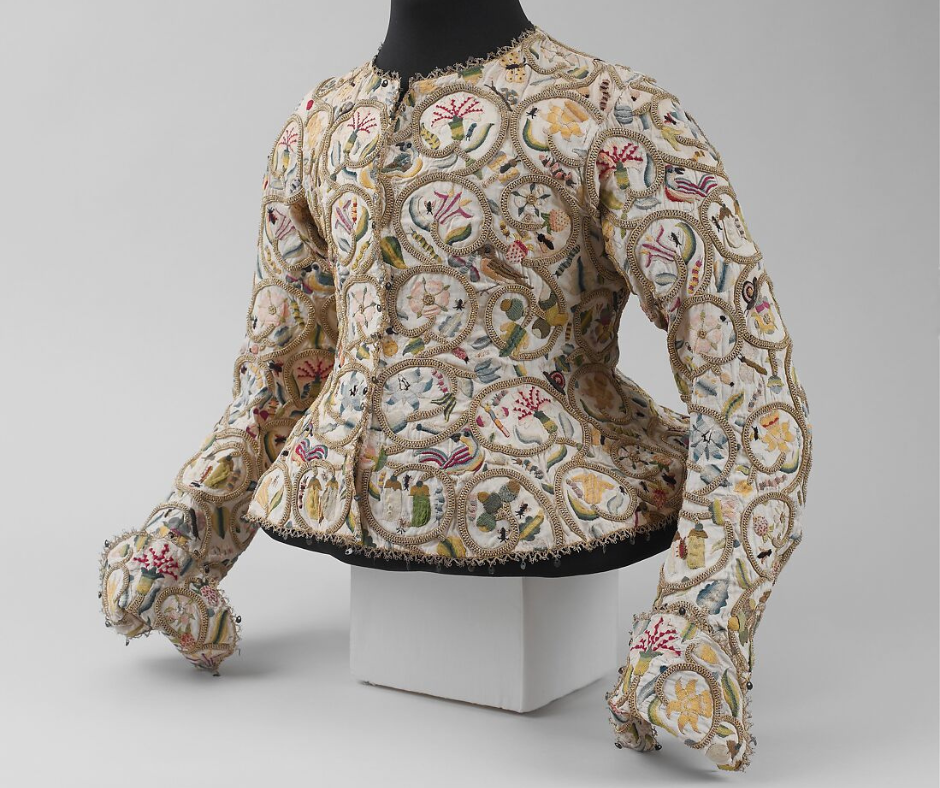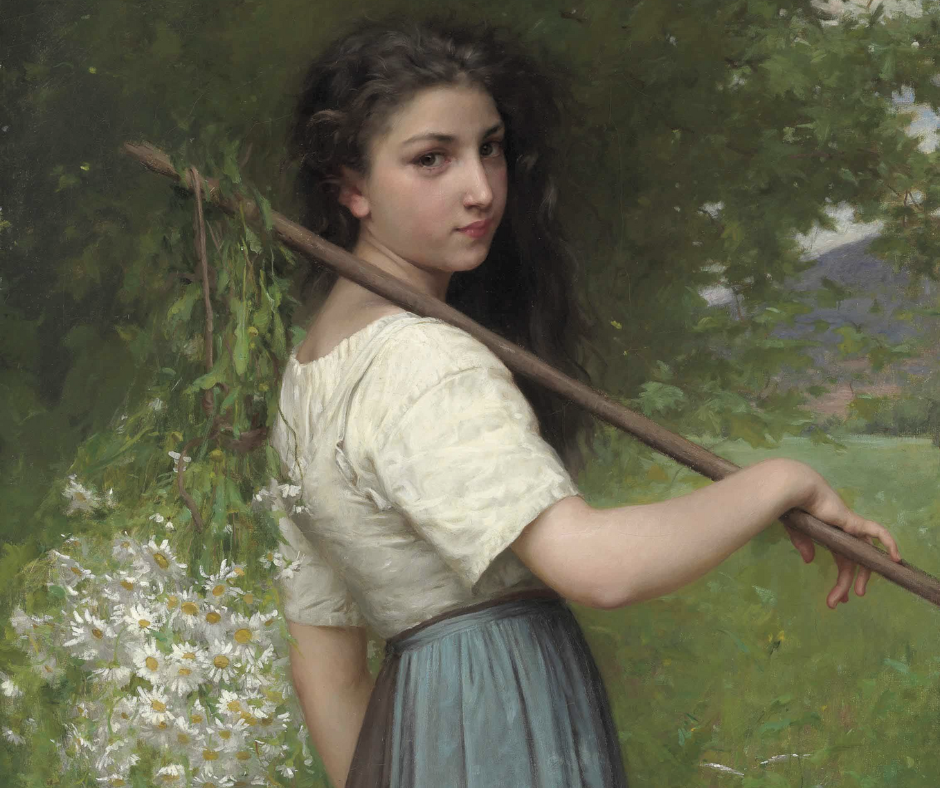
The Symbolism of Daisies: Innocence, New Beginnings, and Love
Summary
Reflection Questions
Journal Prompt
From traditions of the Ancient Celts to the words of William Wordsworth, daisies have long captured our hearts and minds. They have symbolized love, innocence, and simplicity across centuries. Today, they dot fields of wildflowers, spring-time tablecloths, and sundresses. What makes the daisy so special? Read on to learn all about daisy symbolism.
Where Do Daisies Come From?
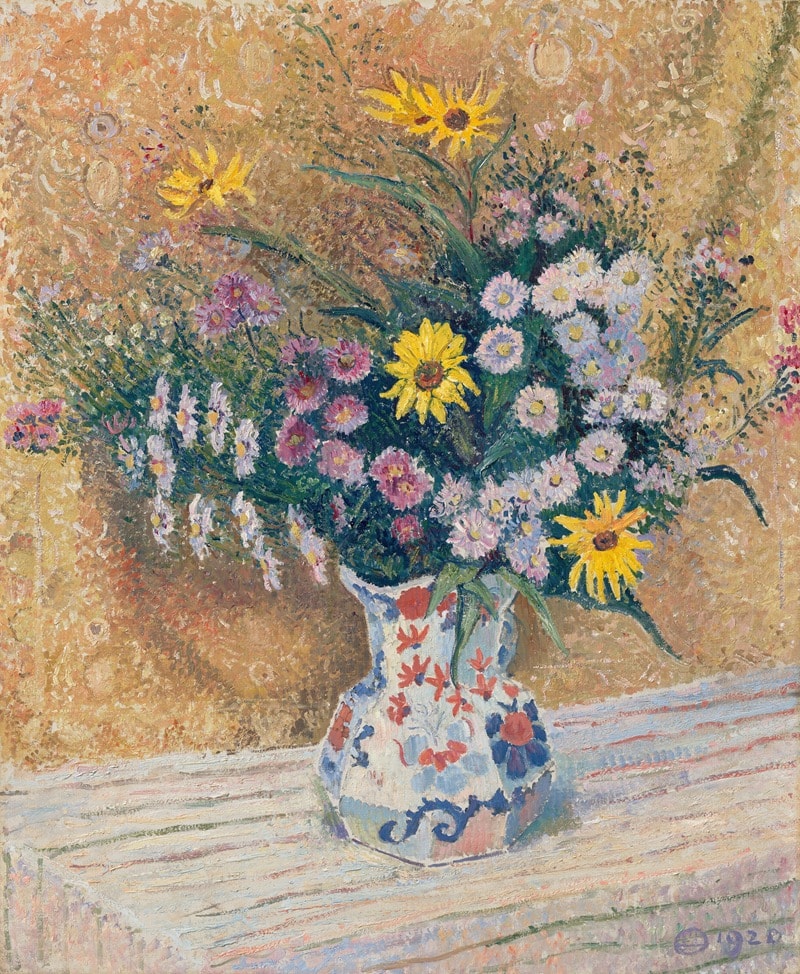
Daisies (Bellis perennis) are indigenous to Europe and parts of western Asia. They have since been naturalized in many other regions around the world because of their enduring popularity as ornamental plants and their ability to thrive in various environments. The common daisy is often found in meadows, lawns, and gardens.
Daisies have long been symbols of innocence, purity, love, and beauty across Europe. While daisies are also native to Asia, their symbolism in Asian cultures is not as prominent or well-documented as in European contexts. In Japan, cherry blossoms and chrysanthemums are more commonly imbued with symbolic meanings—on par with peonies and lotuses in China. Daisies are not indigenous to Africa or the Americas. As such, our exploration of what daisies represent will not extend beyond Europe.
A Bit of Botanical Background on the Daisy Family
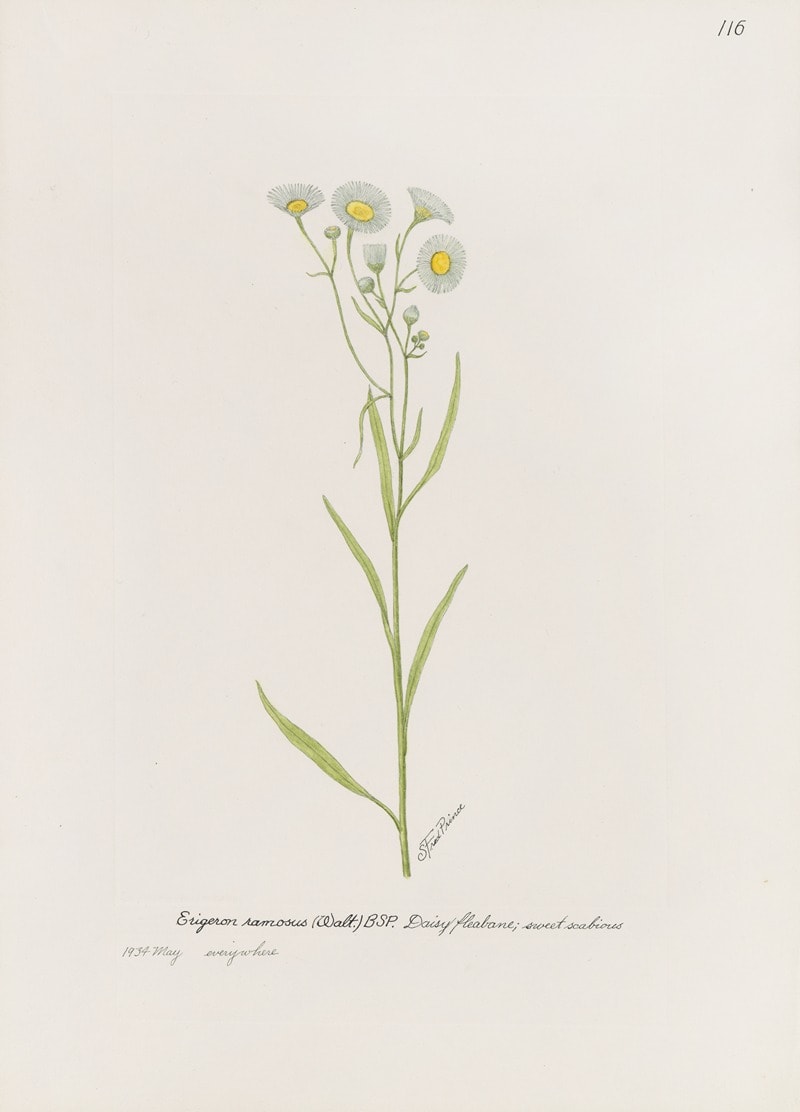
The daisy flower belongs to the Asteraceae family. This plant typically grows to a height of about 10-25 cm and features a rosette of small, spoon-shaped basal leaves. Each leaf measures around 2-5 cm in length and is slightly fuzzy.
The daisy’s most recognizable feature is its flower, which consists of a bright yellow center surrounded by numerous white (sometimes pink-tinged) ray florets. These composite flowers bloom individually on leafless stems called peduncles, which rise above the basal leaves.
The heads of daisy flowers close at night and reopens during the day—a behavior known as nyctinasty. While we often think of white daisies first, there are also pink, yellow, and orange daisies. Larger daisies (Gerbera daisies) are perhaps most popular today.
Caring for Common Daisies
Common daisies thrive in many different habitats. These cheerful flowers are frequently found in meadows, lawns, grassy fields, and along roadsides. Daisies prefer well-drained, nutrient-rich soils but are quite tolerant of less fertile conditions.
They grow best in full sun to partial shade and can endure a range of temperatures, although they flourish in temperate climates, too. The plant’s hardy nature allows it to withstand mowing and grazing, which often encourages more prolific blooming. Their resilience and simple beauty is why you’ll find these lovely flowers in the wild, in public places, in home gardens, and in floral arrangements all over the world.
An Abridged History of Daisy Symbolism—From Ancient Rome to Today
Daisy Symbolism in Ancient Cultures
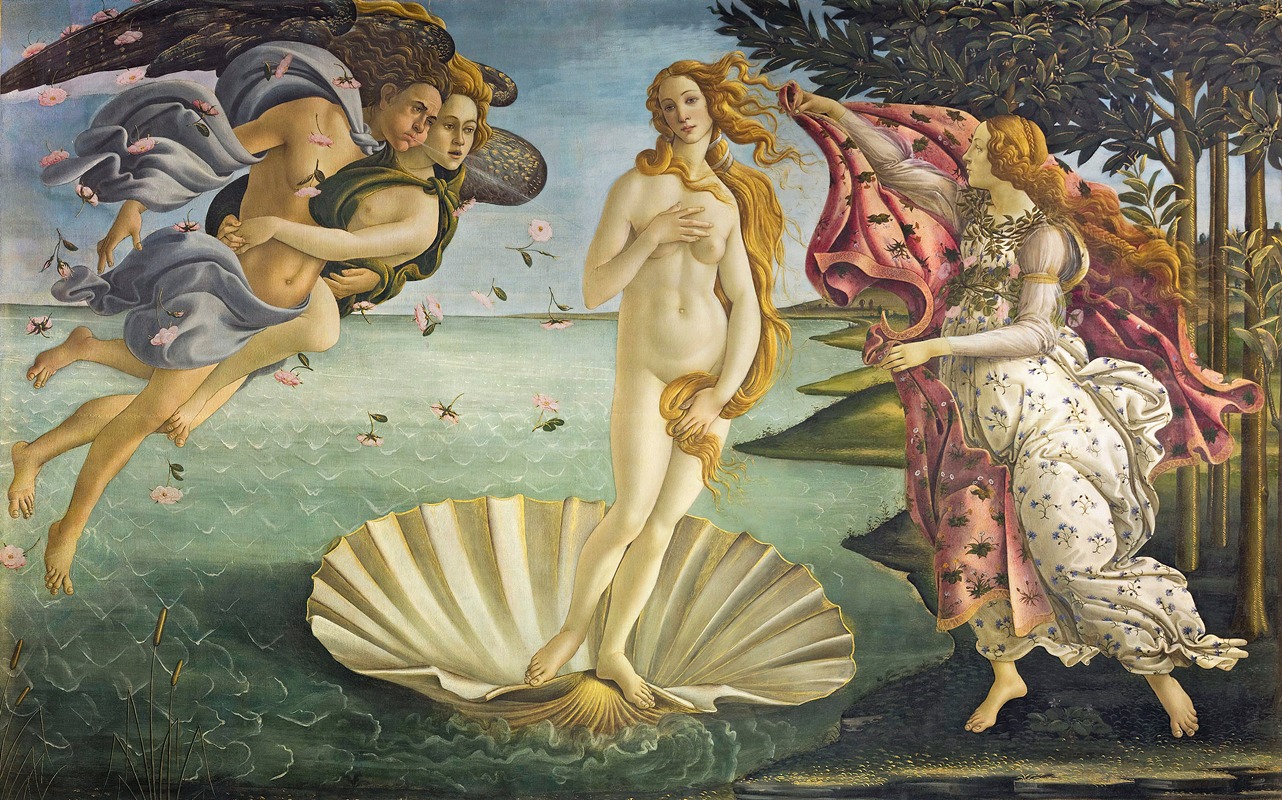
Daisy flower history begins in Europe, but what did the daisy flower represent in ancient times? In Ancient Rome, daisies were closely associated with Venus, the goddess of love and beauty. This connection is rooted in Roman mythology, where Venus was often depicted with flowers—including daisies, which symbolized her qualities of beauty, fertility, and love.
The Romans believed that the daisy’s delicate appearance and its propensity to bloom in abundance reflected the goddess’s grace and the flourishing nature of love. Daisy chains and bouquets were often used in Roman gardens and decorations. Because it is astringent, the Romans also used daisies medicinally—placing them under bandages to help heal wounds.
The daisy flower meaning in Celtic mythology differs from that in Roman mythology. In Celtic mythology, daisies were tied to children and the afterlife. The Celts believed that daisies were the spirits of children who had died at birth. This belief stemmed from the flower’s simple beauty and its common presence in natural landscapes, which the Celts revered.
The daisy’s association with young, lost souls extended to its symbolism of the afterlife, where it was seen as a comforting presence that bridged the earthly and spiritual realms. This deep connection to innocence and the afterlife made daisies a powerful symbol in Celtic culture. They represented both the fragility of life and the enduring spirit of those who had passed on. There is some literature that indicates daisies were also associated with Freya in Norse Mythology, too. In all three cultures, the white daisy would have been common, while the orange daisy or yellow daisy would have been far less common.
Daisy Symbolism in European Folklore and Traditions
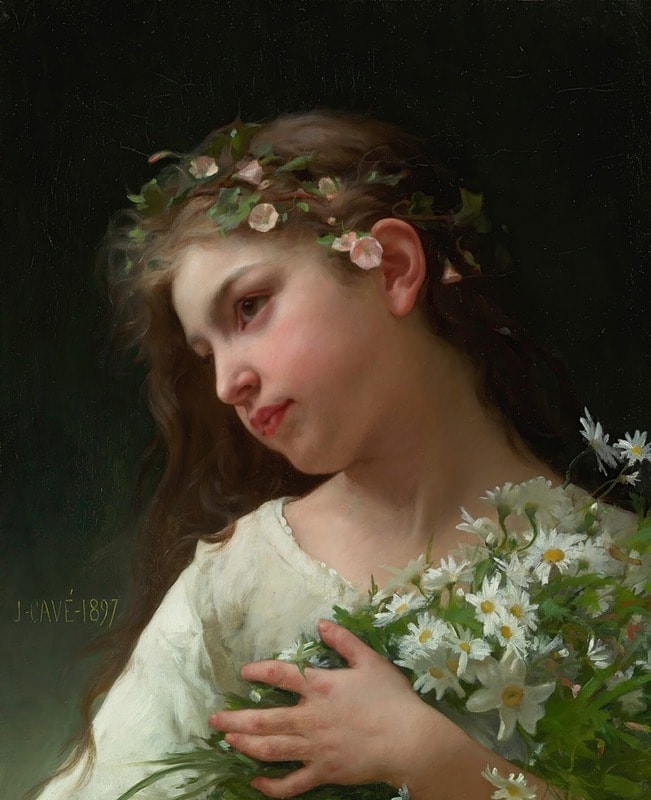
In European folklore, daisies have long been cherished as symbols of innocence and purity. With their delicate petals surrounding bright yellow centers, daisies evoke a sense of unspoiled beauty and childlike simplicity. This connection to innocence is further emphasized through their frequent association with children and new beginnings.
In many cultures, daisies are seen as a metaphor for the purity and potential of youth. They often appear in folklore and fairy tales, where they are linked to themes of renewal and the fresh start of spring. The sight of blooming daisies in meadows and fields after a long winter has traditionally been celebrated as a symbol of nature’s rebirth and the promise of new life.
Daisies in the Victorian Language of Floriography
During the Victorian era, daisy bouquets played a significant role in floriography, the intricate language of flowers that allowed people to convey sentiments and messages through floral arrangements. In this context, daisies represented loyal love, patience, steadfastness, and enduring affection. Victorians often included daisies in bouquets to subtly communicate feelings of sincere and unwavering devotion.
The modest yet persistent nature of the daisy made it an ideal symbol of these virtues. The flower’s association with innocence and purity complemented the era’s romantic ideals. This made it a popular choice for expressing heartfelt emotions in a society where direct communication of personal feelings was often constrained by social norms.
Daisy Flower Meaning in Christianity

In some Christian traditions, daisies symbolize the purity and humility of the Virgin Mary. The pristine white petals of the daisy reflect Mary’s immaculate and sinless nature, which makes the flower a fitting emblem of her virtues. This association is frequently depicted in Christian art and literature, where daisies appear in scenes featuring the Virgin Mary to emphasize her divine purity and humble spirit.
Paintings and icons often include daisies at Mary’s feet or in her hands, reinforcing the idea of her as a model of chastity and modesty. The daisy’s simplicity and unadorned beauty serve as reminders of Mary’s role as the humble and pure mother of Jesus.
Fuel your creative fire & be a part of a supportive community that values how you love to live.
subscribe to our newsletter
*please check your Spam folder for the latest DesignDash Magazine issue immediately after subscription

The Christ Child and Innocence
Daisies also symbolize the Christ Child and the themes of childhood and purity in Christian teachings. Because daisies symbolize innocence, they are a powerful symbol of Jesus’s early life and his untainted nature. In Christian art, the Christ Child is sometimes depicted holding or surrounded by daisies.
This symbolism extends to the broader Christian message that children are embodiments of innocence and should be nurtured and protected. The daisy’s frequent appearance in religious contexts underscores the importance of maintaining childlike faith and purity—virtues that are highly valued in Christian teachings. Through this symbolism, daisies remind believers of the sanctity of childhood and the importance of preserving innocence in a faithful life.
Daisies in Literature and Art

Daisies have been a recurring motif in literature, appearing in poetry, novels, and folklore across different cultures and periods. In poetry, daisies often symbolize innocence and the beauty of nature, as seen in William Wordsworth’s “To the Daisy,” where the flower is celebrated for its simplicity and grace.
In novels, daisies are used to convey themes of purity and fresh beginnings. Consider novels like F. Scott Fitzgerald’s The Great Gatsby, where Daisy Buchanan’s name itself evokes notions of idealized love and unattainable beauty. Folklore frequently incorporates daisies into tales of enchantment and natural magic—often representing the cycle of life and the renewal of spring.
In the Romantic period, daisies were often portrayed as symbols of untouched natural beauty and innocence. During the Art Nouveau movement, they were stylized to emphasize their organic forms and harmonious designs.
Daisy Symbolism Today: Beyond Purity and Innocence
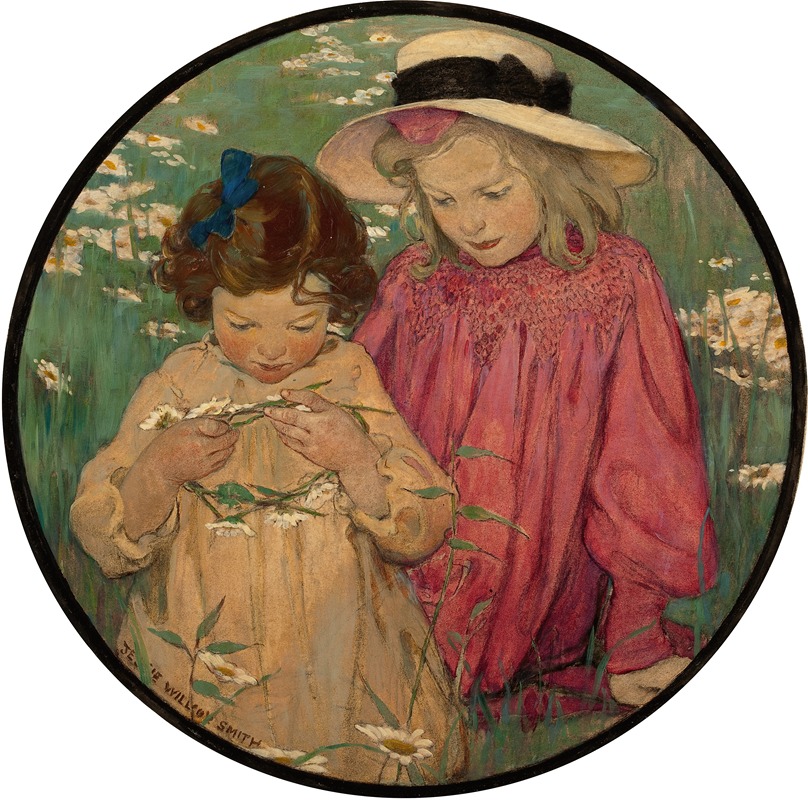
Today, we associate daisies with simplicity, cheerfulness, and optimism. Their bright white petals and sunny yellow centers embody a sense of joy and straightforward beauty. Artists and writers often use daisies to convey themes of innocence, happiness, and the simple pleasures of life.
In popular culture, daisies appear in everything from fashion designs to home decor, where their vibrant and unpretentious appearance brings a touch of lightheartedness and positivity. The enduring appeal of daisies lies in their ability to evoke a sense of pure, uncomplicated joy.
Their presence in modern weddings and celebrations is a testament to their association with purity, love, and fresh starts. Brides often choose daisies for their bouquets and decorations to signify the purity of their love. More colorful than the yellow and white flower, the Gerbera Daisy can symbolize the joyful chapter a newly married couple is embarking upon. April’s birth flower, daisies are also tied to the renewal and optimism associated with springtime births.
Final Thoughts on the Symbolism of Daisies
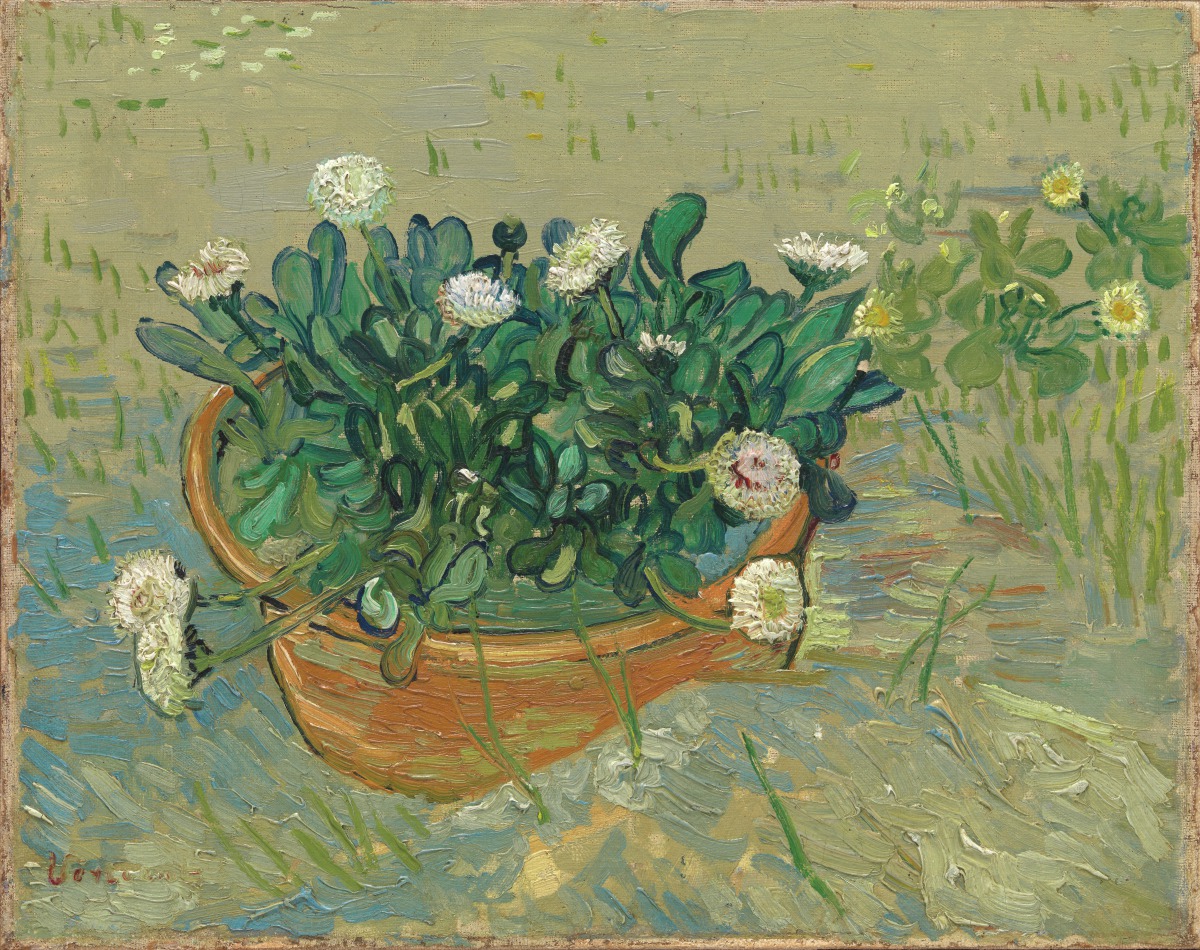
We encourage every woman reading this to find beauty and meaning in the small moments of life, just as the daisy does in its simple elegance. Act like the Victorians and use bouquets of flowers to capture your moods, communicate heartfelt messages, and infuse your daily life with joy and optimism. Let the daisy’s symbolism of innocence, purity, and renewal inspire you to embrace the little things that bring happiness and light. Whether you are arranging a bouquet, journaling your thoughts, selecting a floral wallpaper, or simply taking a moment to appreciate a flower in bloom, remember that these small acts can bring profound meaning and joy.





